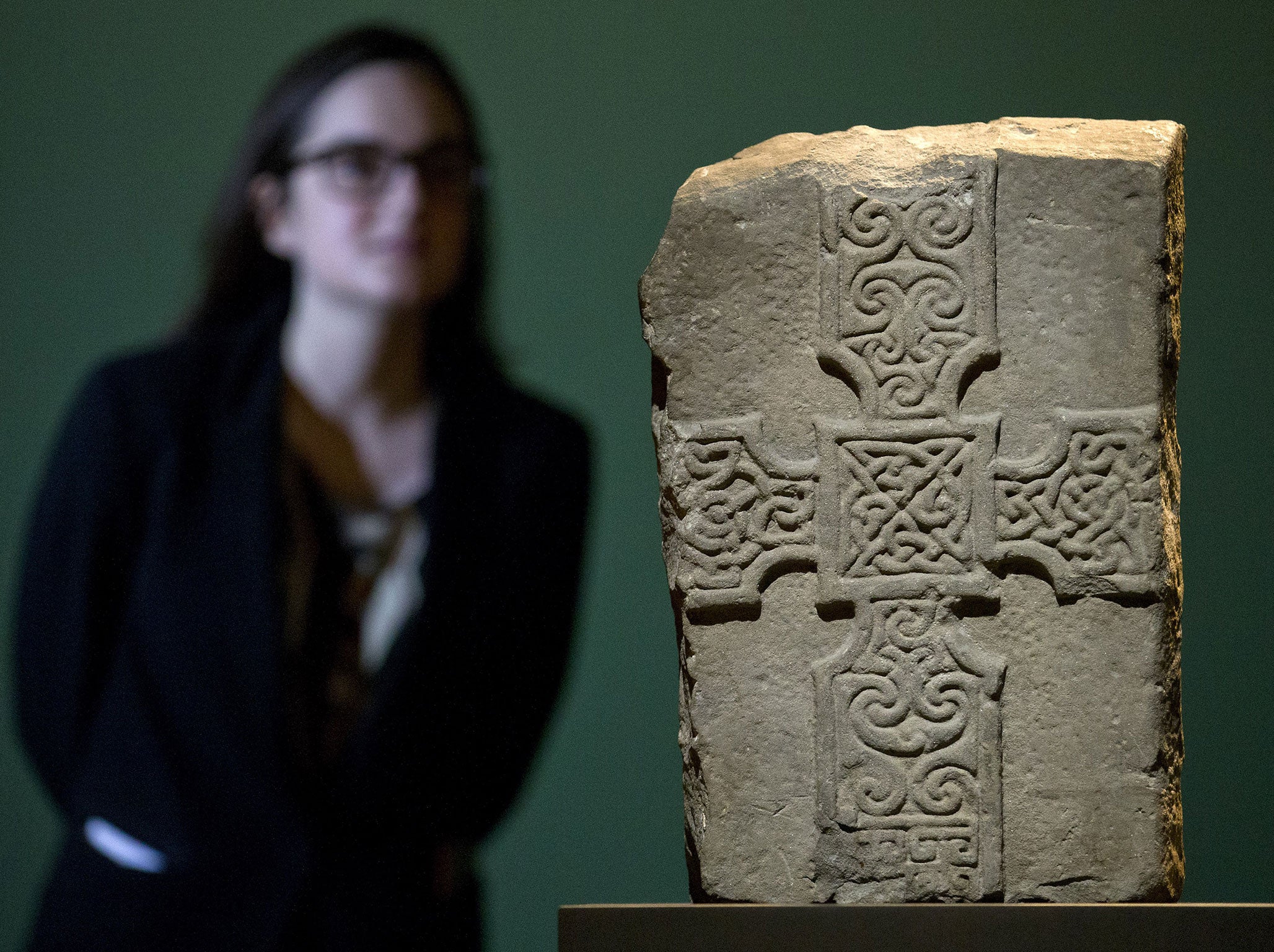Ireland’s early population came from as far away as the Middle East, new research shows
The new findings re-write the early history of Ireland’s people, and shows that the country now famous for immigration may have begun that way too

Ireland’s earliest people might have arrived there far from as far away as the Middle East and Eurasia, according to a new study.
After a huge effort to map the DNA of a farmer woman who lived around 5,200 years ago, near what is now called Belfast, and three other Irish men that lived about 4,000 years ago, the researchers found clear evidence of “massive migration” to the island.
The ancestry of the woman could be tracked back to the Middle East, where the beginnings of agriculture began. And some of the men’s ancestry came from a region extending from central Europe towards modern day Russia — a place where the horse was first domesticated.
The scientists behind the study have said that the discovery could allow for huge new changes in the understanding of the early Irish people. Other, previously unknown languages might have been present in the area before the western Celtic ones that are associated with the area now.
Professor Dan Bradley, from Trinity College Dublin, who led the study published in the journal Proceedings of the National Academy of Sciences, said: "There was a great wave of genome change that swept into Europe from above the Black Sea into Bronze Age Europe and we now know it washed all the way to the shores of its most westerly island.
"This degree of genetic change invites the possibility of other associated changes, perhaps even the introduction of language ancestral to western Celtic tongues."
The early farmer had black hair, brown eyes, and resembled southern Europeans, said the researchers.
But the three Bronze Age men from Rathlin Island had genetic variants for blue eyes and the most common Irish Y chromosome type.
Recent archaeological discoveries
Show all 11They also had a genetic mutation associated with an excess iron disorder, haemochromatosis, so frequent in people of Irish descent that it is sometimes referred to as a Celtic disease.
Co-author Dr Lara Cassidy, also from Trinity College, said: "Genetic affinity is strongest between the Bronze Age genomes and modern Irish, Scottish and Welsh, suggesting establishment of central attributes of the insular Celtic genome some 4,000 years ago."
Additional reporting by Press Association
Subscribe to Independent Premium to bookmark this article
Want to bookmark your favourite articles and stories to read or reference later? Start your Independent Premium subscription today.

Join our commenting forum
Join thought-provoking conversations, follow other Independent readers and see their replies